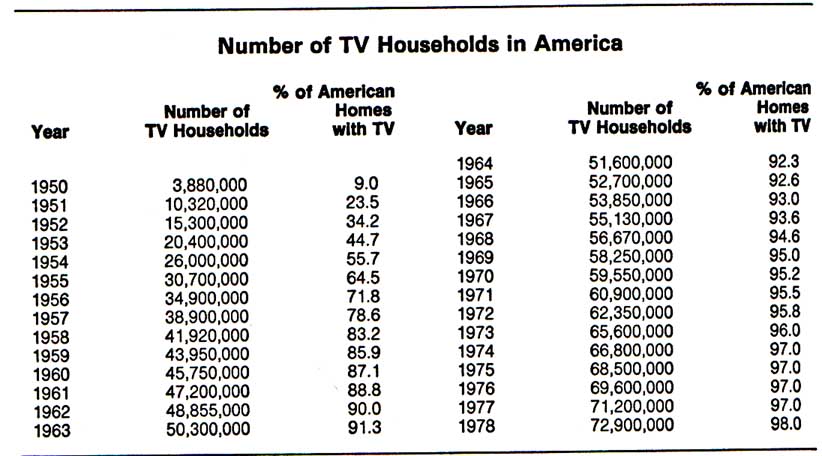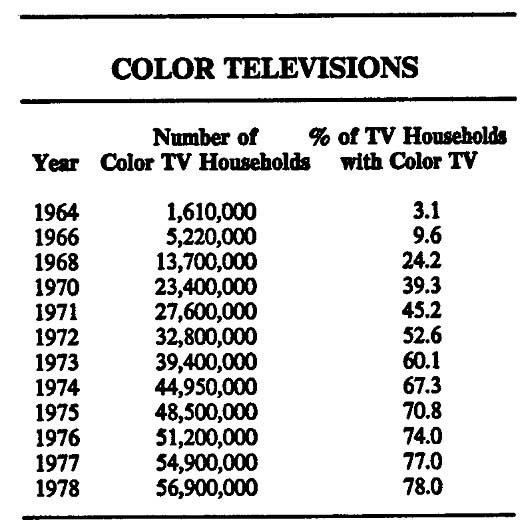The color of dreams
I recently re-read a 2002 paper [1] by philosopher and blogger Eric Schwitzgebel. The abstract is sure to catch the eye of people interested in cultural effects on cognition:
In the 1950s, dream researchers commonly thought that dreams were predominantly a black and white phenomenon, although both earlier and later treatments of dreaming assume or assert that dreams have color. The first half of the twentieth century saw the rise of black and white film media, and it is likely that the emergence of the view that dreams are black and white was connected to this change in film technology. If our opinions about basic features of our dreams can change with changes in technology, it seems to follow that our knowledge of the experience of dreaming is much less secure than we might at first have thought it to be.
The paper asks a fascinating question and the answer he proposes is the least improbable I can think of to explain the shift (assuming it's real). But I do not believe a word of it.
Schwitzgebel presents two kinds of evidence: first, there is anecdotal evidence from the history of philosophy and psychology that intellectuals have considered dreams to be colored untill the beginning of the twentieth century. At that time, psychologists changed their view of dreams radically and began to think that dreamers saw their dreams in black and white, for a brief period of fifty years at most. One important factor in the demise of their view was the fact that, in the REM experiments of the 1960s, people woken up directly after REM periods reported that they had just had colour dreams. Note that Schwitzgebel's data concerning philosophers are very sketchy and focus on a handful of celebrities such as Aristotle and Descartes. I took a very cursory tour of the medieval litterature on dreams and I did not see any color except white. But this, too, is anecdotal.
Parallel to that thread of evidence, there are the answers people gave to various American questionnaires, beginning in 1942. From that date to 1958, only a minority of people (never more than 30%) claims to dream in colors. At the beginning of the 1960s, reports from REM sleepers replace questionnaires. As we saw, REM sleepers reported mostly colored dreams. Only at the end of the 1998s do we have additional questionnaires, but the quality of the data is questionable (e.g. an America-Online poll and a survey of 64 undegrad sutdents of Schwitzgebel's). In all these questionaires, the proportion of people who claim to have dreams in black and white is greatly variable, but it never comes remotely close to 1958 levels.
Now, Schwitzgebel's point is that the rise of colored motion pictures and TV are responsible for the observed shift. There are two problems with this explanation: first, the rise of color film medias was a gradual phenomenon, whereas, if we believe the data as interpreted by Schwitzgebel, the shift was effected in no more than 4 years. In one 1958 questionnaire, 9% of Americans claim to have colored dreams. In one of the first REM experiments, published in 1962, 82% of subjects reported one colored dream. This pattern is by no means exceptional, you can find it by comparing any 1950s questionnaire and any REM study.
Second, the shift and the history of color film medias just don't match. By the middle of the 1950s, the late golden age of Hollywood, most films are already colored, following the dismantling of Technicolor in 1951 by antitrust laws, and the rise of rival technologies. But Americans are still dreaming in black and white, and they will be at least until 1958. If you look at TV in that same period, on the contrary, it is predominantly black and white (less than 3% of TVs are color TVs in 1964), and virtually every American household has one.
Source: tvhistory.tv
The problem is, the shift to color TV will happen much later, in the 1970s. Much before that time, in the early 1960s, the vast majority of REM sleepers is already having colored dreams, and will continue to do so for the remaining of the decade, even though people tend to go to the movies less often, and spend, as they do today, a huge amount of time watching (black and white) TV.
Source: tvhistory.tv
I still find the paper fascinating, but I don't know what to make of the phenomenon. Maybe some of you have hypotheses, and/or views to share concerning the color of dreams in the places where you work?
Schwitzgebel, E. (2002). Why did we think we dreamed in black and white?. Studies in History and Philosophy of Science Part A, 33(4), 649-660.





Lucien Dontask 30 December 2007 (00:00)
I liked the Schwitzgebel paper a lot because it makes one realize how underdetermined phenomenological experience actually is. As I recall it, he explored the possibility that dreams might be underdetermined in the same way as, for example, imagining the plot of a novel as you are reading it. Although such mental imagery can feel quite vivid, they can be so without being explicitly in black and white or in colour. In a more recent paper, Schwitzgebel, Huang and Zhou (2006) specifically probed the view that a transition from colour to black-and-white tv initiated the shift. Their questionaire-based Chinese study showed that Chinese subjects’ reporting of coloured dreams coincided with the length of time they were familiar with coloured media. Another way to test this is to ask people who have no TV and do not watch films whether they dream in colour or black and white.
Lucien Dontask 2 January 2008 (00:00)
I find the data of Schwitzgebel et al. a little fishy. The group by group analysis does not allow us to see if there is any relationship at the indiidual level between being exposed to color TV and dreaming in colors. If one does not split the results group by group, one finds no correlation between the proportion of black and white vs. color media and colord dreams. Worse: at that level, there is a negative correlation between length of exposure to color media and colored dreams. Furthermore, group differences can be explained by a huge confounding factor: the groups with low-TV exposure are massively rural, whereas groups with high TV exposure are massively urban. Being rural vs. urban has a very significant overall effect on dreaming in colors.
Lucien Dontask 3 January 2008 (00:00)
”Another way to test this is to ask people who have no TV and do not watch films whether they dream in colour or black and white.” I don’t quite see how that would prove Schwitzgebel’s point, or even what your predictios would be: do you expect that, ceteris paribus, people who never watch TV or films but live in a colored world and have access to other (potentially colored) medias would have less colorful dreams than people who have color TV? Why? This aside, I don’t believe that Schwitzgebel’s claim can actually be tested in a lab: it is not (only) a claim about human cognition, it is a claim about American history. I am certain that media exposure has some effects on dreams, and that one could prove it with the adequate methods. But that would not prove S.’s historical contention: we stopped thinking that we dreamed in colors because of black and white movies, and the colors came back with color movies.
Lucien Dontask 6 January 2008 (00:00)
I mean that people who do not watch TV wouldn’t dream or hardly dream in black and white, as they have no exposure to b&w media. I don’t think coloured media enhance dreaming in colour, but rather that b&w media might conduce to less colourful dreams.